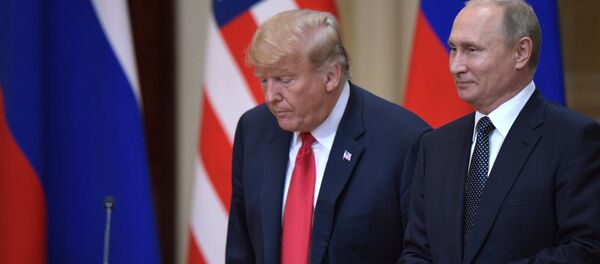"The [US] Military-Industrial —Congressional Complex (MICC) [is] driving the nuclear arms race that is now locking the world into a new Cold War while lowering the threshold for a hot nuclear war," Spinney said.
US leaders want to use the withdrawal from the INF to launch even more nuclear weapons armament programs, Spinney suggested.
However this massive nuclear modernization program was setting in motion a money stream that would continue through 2060 or perhaps even 2080, Spinney warned.
"Jobs and money will be flooding into over 400 of congressional districts as the political engineers in the MICC target the political vulnerabilities of the system of checks and balances in the United States and those of our allies with a torrent of contracts and subcontracts," he said.
READ MORE: NATO Manipulates Facts to Disguise US Withdrawal From INF — Kremlin
From the Russian perspective, Spinney added, the United States is sharpening its nuclear sword while strengthening is nuclear shield, which is a formula for war-fighting.
US policymakers believed they could increase the military options for fighting and winning a nuclear war by increasing the precision of their capabilities to execute and control the escalation of limited nuclear strikes, Spinney explained.
"Only this time we are sleepwalking into the same old mad theory of nuclear war-fighting without a major strategy debate," he concluded.
The INF Treaty was signed by the Soviet Union and the United States in 1987, and prohibited either country from possessing, producing or testing ground-launched ballistic and cruise missiles with a range of between 300 to 3,300 miles.
On Wednesday, Russian President Vladimir Putin said if the United States develops weapons currently banned by the INF, Moscow would follow suit. The State Department on Tuesday said US INF obligations will be suspended in 60 days unless Russia comes into compliance. Putin said the United States has still provided zero evidence to support allegations of noncompliance.



